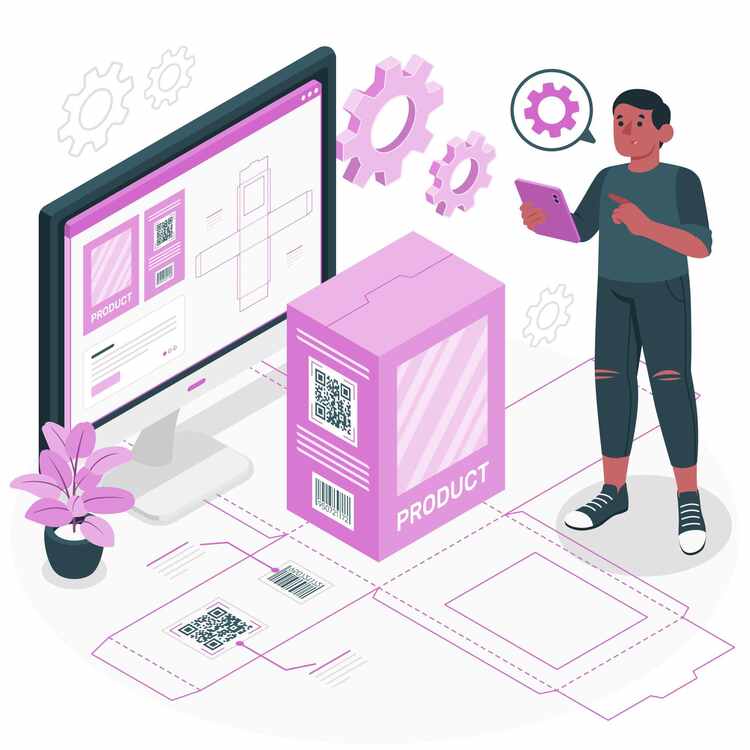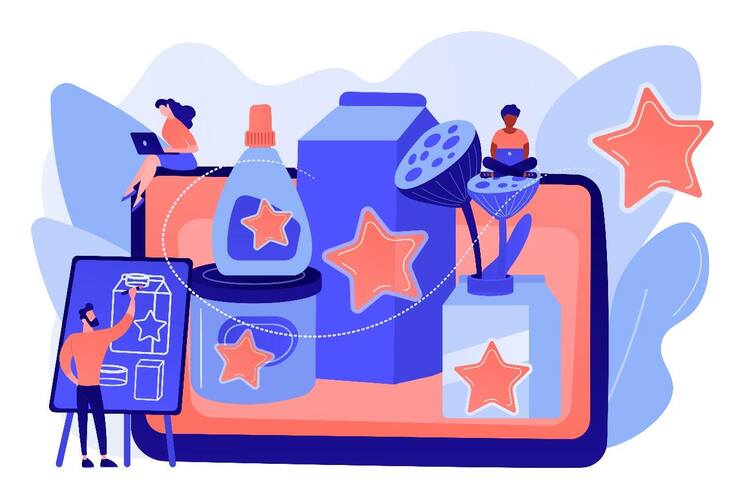In a world with a vast and varied product offering, the ability to customize items has become an increasingly desired trend among consumers. Whether it’s a pair of sneakers with a unique design, a water bottle with an engraved name, or a piece of clothing in a specific color, shoppers often look for ways to express their individuality. This desire for uniqueness has led to the rise of the product personalizer, allowing consumers to tailor products to their specific tastes and preferences. But what is behind this quest for personalization? In this article, we will explore the psychology driving this trend and why more and more people prefer custom-made products.
The need for identity
One of the deeper reasons behind the desire for personalization is the need for identity. In a world that can often feel homogeneous, people seek ways to highlight their uniqueness. By customizing a product, they are not just acquiring an item; they are communicating something about themselves. This desire for individual expression becomes a means of defining who they are or how they wish to be perceived by others. Personalization becomes a way to manifest their personal style and preferences.
Emotional connection
Customizable products generate a stronger emotional connection with the consumer. By having the opportunity to engage in the creation process, customers feel that they have made something personal, something that reflects their style and tastes. This connection fosters brand loyalty, as consumers feel valued and understood. A personalized item is not just a purchase; it is an extension of the customer’s identity. Therefore, personalization can increase emotional attachment to the brand, resulting in repeat purchases.
Sense of belonging
Personalization can also provide a sense of belonging. People, by nature, seek groups with which to identify. By customizing a product, consumers can create something that not only belongs to them but also resonates with their communities or groups. This is especially evident in products designed for events like family reunion t-shirts or personalized gifts for special occasions. These products become symbols of shared experiences and connections with others, strengthening the community.
The desire for exclusivity
The desire for exclusivity is another significant driver behind the demand for personalized products. In an environment where mass-produced items are common, many people seek to own something unique, something that not everyone has. The idea of possessing a product that is solely theirs can be incredibly appealing. This exclusivity not only provides a sense of pride but can also be viewed as a status symbol. By owning a product specifically designed for them, consumers may feel they stand out compared to those who choose standard products.
The power of choice
The ability to choose is a fundamental factor influencing consumer behavior. Offering customization options allows buyers to exercise their freedom of choice, which can automatically increase their satisfaction. The psychology behind this relates to the idea that when people feel they have control over their purchasing decisions, their satisfaction with the final product tends to rise. Moreover, the act of deciding and customizing can make the shopping process more fun and engaging, turning it into a memorable experience.
Increased perception of value
Another important aspect related to personalization is the perception of value. Consumers are often willing to pay a higher price for a product they consider unique or personalized. They associate personalization with superior quality and extra effort from the brand. Consumers see personalization as a justification for the cost, resulting in a perception of greater value in the product. This can translate into higher profit margins for companies that offer customizable options.
Personalization in the digital age
The rise of technology has made personalization more accessible than ever. With the advent of digital tools and online platforms, consumers can create custom-made products from the comfort of their homes. This accessibility has fueled demand for customizable options across industries, from fashion to home decor and beyond. Brands that have embraced this trend have seen an increase in engagement and customer satisfaction, as well as deeper interaction with their consumer base.
Success stories
Some brands have effectively strategized to capitalize on the trend of personalization. For example, Nike allows customers to customize their sneakers by choosing colors and adding their names. Coca-Cola launched a famous campaign featuring personalized bottles with names, generating significant social media interaction. These approaches not only boosted sales but also created an emotional bond between consumers and brands. Such strategies highlight how personalization can be not just a commercial benefit but also a powerful marketing tool.

The importance of personalization in the future
As we move toward a more customer-centric future, personalization will continue to play a crucial role in brand strategies. With consumers becoming increasingly demanding for unique and meaningful experiences, companies that do not offer personalization options may fall behind. Understanding the psychological motivations behind the desire for personalization is key to capturing and retaining a modern audience. Brands that adapt to these expectations will be better positioned to succeed in today’s competitive market.
In summary, the pursuit of personalized products goes beyond a mere trend; it is based on various fundamental human needs and desires. The psychology of personalization highlights the importance of identity, emotional connection, and the need for exclusivity in consumer behavior. Understanding this dynamic is not only beneficial for brands seeking to satisfy their customers but can also transform the way companies relate to their audience.
For those who have not yet considered personalization as part of their business proposition, now may be the right time to explore how to integrate these options into their offerings and respond to current consumer trends. Adapting to this new era of preferences and exploring the power of personalization could open doors to new opportunities and strengthen the connection with customers.


